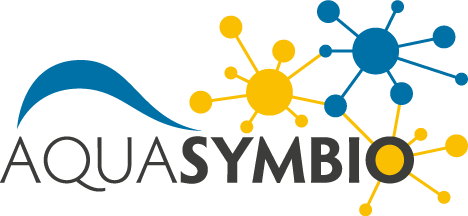Sequence of Atlantic cod (Gadus morhua) GLUT4, GLUT2 and GPDH: developmental stage expression, tissue expression and relationship to starvation-induced changes in blood glucose
| Titre | Sequence of Atlantic cod (Gadus morhua) GLUT4, GLUT2 and GPDH: developmental stage expression, tissue expression and relationship to starvation-induced changes in blood glucose |
| Type de publication | Journal Article |
| Year of Publication | 2006 |
| Auteurs | Hall, JR, Short, CE, Driedzic, WR |
| Journal | Journal of Experimental Biology |
| Volume | 209 |
| Ticket | 22 |
| Pagination | 4490 - 4502 |
| Date Published | Mar-11-2007 |
| ISSN | 0022-0949 |
| Résumé | cDNAs of putative glucose transporters, GLUT4 and GLUT2, were cloned from Atlantic cod (Gadus morhua). The GLUT4 cDNA encodes a 503 amino acid and the GLUT2 cDNA a 506 amino acid protein. Phylogenetic analysis, amino acid sequence alignment, and tissue distribution support categorizing them as homologues of mammalian GLUT4 and 2. GLUT4 clusters with GLUT4s from fish and other vertebrates. It shows 84% amino acid identity to GLUT4 from coho salmon and brown trout and 65% identity with other vertebrates. It is most highly expressed in heart, strongly expressed in red and white skeletal muscle and present at lower levels in gill, gonad, intestine, and kidney. GLUT2 clusters with GLUT2 from rainbow trout and other vertebrates. It shows 75% amino acid identity with rainbow trout and 62% identity with chicken GLUT2. In Atlantic cod, GLUT2 is most highly expressed in liver with lower levels noted in intestine and kidney. Food deprivation for 2 months was used as a vehicle to monitor GLUT expression at different blood glucose levels. Starvation resulted in a decrease in blood glucose and liver glycogen that recovered following 20 days of re-feeding. GLUT4 expression in heart was decreased with starvation and increased with re-feeding. GLUT4 mRNA level in heart correlated with blood glucose. It is suggested that this relationship is related to insulin responsiveness. GLUT4 expression in white muscle increased with starvation and decreased with re-feeding. It is proposed that this is due to the necessity to maintain high levels of the glucose transporter protein in the face of starvation-associated proteolysis. GLUT2 expression in liver correlated with blood glucose, consistent with higher rates of glucose transport from liver to blood in the fed state than in the food-deprived state. Glycerol-3-phosphate dehydrogenase (GPDH) cDNA was also cloned. It encodes a 351 amino acid protein, which is 73-90% identical to GPDH from numerous other fish species. GPDH is ubiquitously expressed. Expression in heart decreased with starvation and increased with refeeding, whereas expression in liver did not change with starvation. In other studies, gene expression was monitored at nine time points from fertilization of eggs to larval development. GLUT4 is detectable in fertilized eggs and is fully expressed by the halfway to hatching point. GLUT2 is not evident at fertilization, is detectable at halfway to hatching, and fully expressed at hatching. GPDH expression was evident from fertilization. |
| URL | http://jeb.biologists.org/cgi/doi/10.1242/jeb.02532 |
| DOI | 10.1242/jeb.02532 |
| Short Title | Journal of Experimental Biology |












